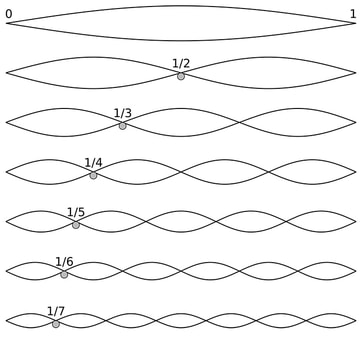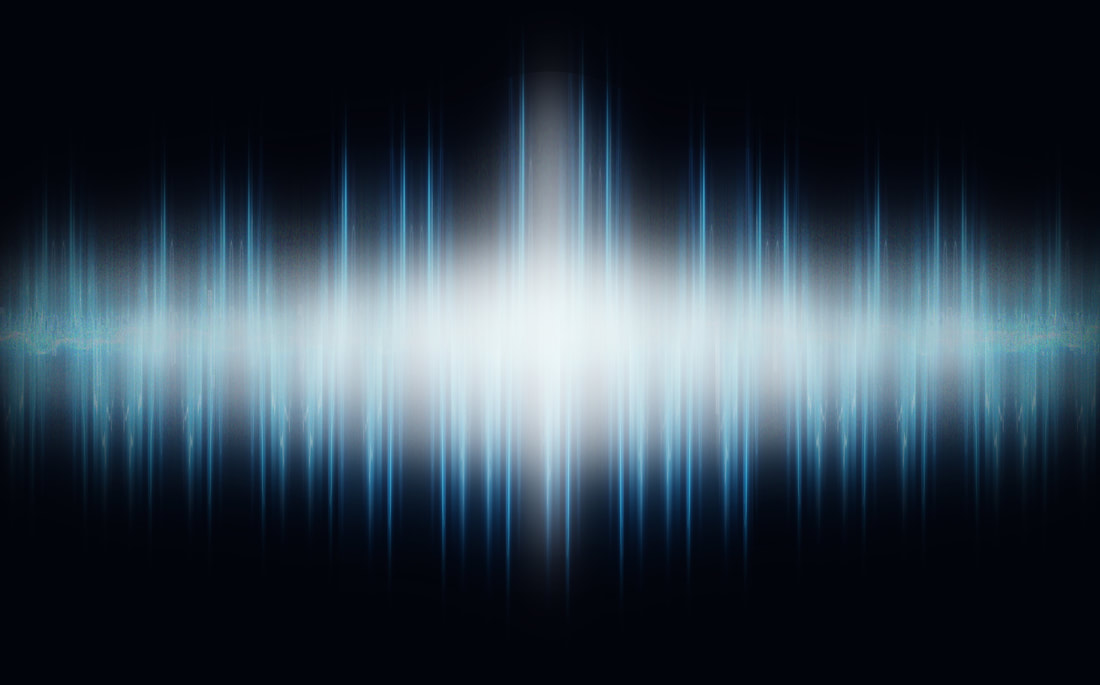|
There is a very simple explanation for why this topic is so important. It comes via my technician when I asked him why he thought the PranaWire Linebacker was so effective. Earlier I wrote that when he measured its effectiveness he was expecting to find no greater than 10db or perhaps, at the extreme, 15db of reduction. What we found instead was that the attenuation we were able to measure was at the noise floor of the measuring equipment. In other words we were only able to measure to 60db of attenuation before the noise generated by the equipment itself masked further results. Though measuring equipment with higher resolution exists, and I would be very happy to see those results, I am content with being able to say that the attenuation is at minimum 60db. If you are familiar with how a piano is tuned you will understand immediately, but for those who do not, let me digress into what is happening with “just” verses “tempered” intonation which will have bearing on my explanation: The intervals in just intonation are derived from the physics of a string. When you allow your finger to lightly touch a string at exact fractional distances between the bridge and the nut you will hear different tones. The table below explains: So we can see from this chart that the octave, fifth, third, minor third, natural second, minor seventh and major seventh are all derived from the natural harmonics of the string.  Nodes On A Vibrating String Nodes On A Vibrating String Thepoint is that there is a physical basis for the derivation of each note based on the actual subdivisions of a vibrating string. This is what happens naturally on any single string of an instrument whether on a Bosendorfer or a one string Indian Ektar. When viewing a video of a vibrating string in slow motion, you can actually see these nodes at work. The tempered scale was invented for the purpose of creating the ability to transpose from any of the twelve keys into any of the others while maintaining exact proportional relationships. In order to accomplish this the naturally derived scales had to be slightly and precisely detuned.
When two strings on an instrument that are out of range of each other are gradually brought closer together in intonation there is a threshold of closeness where they will begin to interact by creating a rapid beat. As they are brought closer and closer to the center of the pitch the beat slows until, at zero, the beating disappears altogether. When tuning the intervals on a piano, the technician listens for and counts the beats per minute (generated by detuning) to determine the precise intervals that create a proper tempered scale. So what happens when two frequencies in the megahertz range are within beating distance? They behave in exactly the same manner as two strings. The periodicity of the beating generates a fundamental that occurs within hearing range. Noise is a cloud of frequencies. As a result there are myriad frequencies interacting, generating a myriad of audible fundamentals. High frequency generated noise can and does impinge on the circuitry within a given component affecting the manner in which signal is delivered to the next component and so on. It impinges from without (other components, cables, home wiring, phones, wi-fi etc.) and also as self generated noise from within. The attempt to generate signal has as a by product this "dark matter" called noise. A system comes into being in an environment already rife with noise, and the complexity of interactions within it and its environment are likely beyond our current means of measuring except in the broadest sense. When we remove high frequency noise from a system, audible veils are removed. Therefore, the absorption and dissipation of high frequency noise is a topic that should be of paramount concern to all who design components and those who seek to put them together into a coherent whole.
23 Comments
paul davies
4/6/2019 08:44:13 pm
megahertz hetrodyning your talking about digital problems again the pure analogue domain only has 20-20 hhz with these effects to worry about is enough
Reply
4/11/2019 07:36:46 pm
The explanation given is incorrect. The beat between two frequencies is a perceptual phenomenon: it does not actually exist, it is only perceived in the brain. Hence, in order to "hear" the beat, the two individual tones must also be heard, and the human auditory system simply cannot hear anything above 22 kHz at most. Thus, it is irrelevant as to whether the medium is analog, digital, vinyl, magnetic tape, or whatever. -agc
Reply
Dennis Han
4/15/2019 01:20:15 pm
This is not digital problem, it is an analog problem for DSD since some DSD DACs don't have a low-pass filter at the output and the noise floor rises about 20 kHz. Filters also need to be used with a DSD ADC to avoid encoding noise as described next.
Reply
4/28/2022 03:26:52 am
This is now actually being studied all throughout the world, looking to treat diseases using sound for example. It really is a good findings and could also contribute to building and repairing components indeed.
Reply
Paul Davies
7/12/2022 06:17:52 am
If 2 transmitter had antennas and one was 50,000 mhz carrier and the other 50,001 mhz would we here a 1khz beat?Also apart from electronic musical instruments dont produce a perfect single sine waves
Reply
Dennis Han
1/20/2023 09:39:32 am
The receiver that receives those two signals would produce, due to its non lineariities, a sum and difference of those frequencies -- 1 kHz and 10.001 MHz (I'm assuming you meant 50 and 50.001 MHz and not 50 GHz), and then sums and differences of those frequencies, etc.. That's called intermodulation distortion. It exists in all electronic amplifiers with the very good amplifiers reducing the distortion to a very low level.
Reply
12/1/2022 05:23:41 am
What techniques can be applied to reduce noise and interference in measurement systems?
Reply
1/20/2023 05:01:16 am
Low-frequency sound are often “lower' to the human ear while high-frequency sounds can start at above 2000 Hz.
Reply
2/20/2023 02:08:17 am
You need a combination of good content with engaging visuals to entice your audience. At Zera Creative one of the top graphic design agencies in Pakistan, we have a huge panel of top graphic designers with a knack for creativity who never fail to amuse their viewers.
Reply
3/17/2023 03:59:15 am
Usually I by no means touch upon blogs however your article is so convincing that I by no means prevent myself to mention some thing approximately it.
Reply
4/18/2023 04:30:32 pm
Usually I by no means touch upon blogs however your article is so convincing that I by no means prevent myself to mention some thing approximately it.
Reply
4/30/2023 05:22:37 pm
Low-frequency sound waves reside at and below 300 Hz.
Reply
5/1/2023 01:39:58 am
This reduces stress levels and improves levels of concentration, which in turn increases productivity.
Reply
11/3/2023 04:49:28 am
I love this blog. I really appreciate this so much and its info is great! Thank you so much!
Reply
3/27/2024 04:44:39 am
I appreciate the variety of examples you provided. It made the content more relatable.
Reply
Leave a Reply. |
AuthorJoe Cohen Archives
August 2023
Categories |


 RSS Feed
RSS Feed
